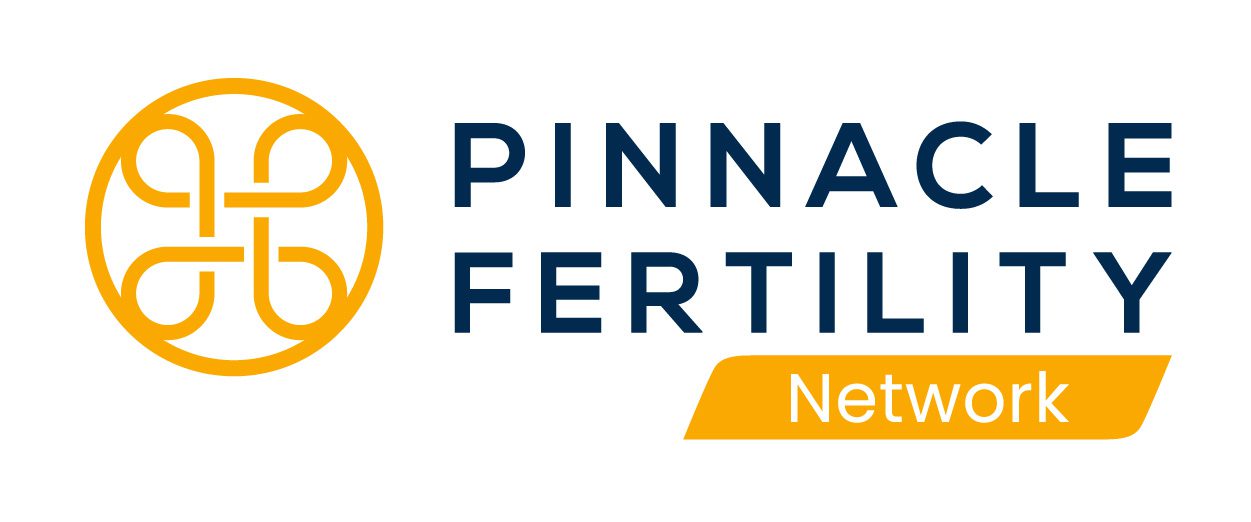The IVF Procedure: What to Expect
IVF involves harvesting eggs from a woman’s ovaries, then combining them with sperm in a lab. Though it sounds simple, it includes multiple complex steps. Here’s what you can expect from start to finish:
- Consultation & Testing: Your journey begins with a personalized consultation, where your fertility specialist will review your medical history, understand your goals, and recommend initial testing. This often includes blood work and a pelvic ultrasound to assess your ovarian reserve, hormone levels, and reproductive health.
- Birth Control or Estrogen (sometimes prescribed pre-treatment): Used to prevent ovarian cysts and regulate your cycle. May cause mild bloating or cramping.
- Ovarian Stimulation: Over 10–14 days, you’ll take hormone medications to stimulate your ovaries to produce multiple eggs. You’ll come in regularly for ultrasounds and lab work to monitor your response. Some bloating or mild cramping is normal as follicles grow.
- Ultrasound Monitoring: Regular scans track follicle growth. Generally, not painful.
- Egg Retrieval: Eggs are fertilized using IVF insemination or ICSI. Embryos develop over 5–6 days and are monitored closely.
- Sperm Collection: Your partner provides a sample, or you may use a donor.
- Fertilization & Embryo Development: Your retrieved eggs are fertilized in our lab, either via IVF insemination or ICSI (intracytoplasmic sperm injection). Embryos are monitored closely by our expert embryologists as they develop, and we’ll keep you informed about their progress every step of the way.
- Embryo Transfer: A healthy embryo is selected and gently transferred into the uterus using a soft, flexible catheter. This quick procedure is typically painless and doesn’t require anesthesia. Any remaining high-quality embryos can be frozen for future use.
- The Two-Week Wait: You’ll continue prescribed medications to support implantation and early pregnancy. This waiting period can be emotionally challenging, but our team is here to support you with guidance and reassurance.
- Pregnancy Test: A blood test is done about 9–14 days after the transfer to confirm success.
What IVF Feels Like: Discomfort, Pain, and What to Expect
Each stage of IVF can involve different levels of discomfort:
Preparation of the Pituitary Glands and Ovaries
Pain Level: 4
The IVF preparation process can be overwhelming, especially for those unsure of what happens in the lab. Initially, patients will take a variety of oral medication and receive daily injections. One of the most common questions patients ask at this stage is, ‘Is IVF painful? During this phase, it can definitely be uncomfortable especially for those that do not like needles. However, injectable medication is required in order to control hormone surges and levels within the patient’s body. At this point, IVF procedure painful side effects can usually be controlled by acetaminophen. The good news is that this part of the process may not be necessary, depending on the health history of the patient.
Ovarian Stimulation and Ultrasound Monitoring
Pain Level: 4
Some clients may find this part of IVF procedure painful, but it is usually manageable. Daily injections of intravenous drugs are given to patient in order to stimulate follicles and increase the number of follicles within the ovaries. This increases the chance in a successful IVF procedure. Once these follicles reach the desired size or number, intramuscular injections of HCG are given in attempt to mimic the body’s natural LH surge. This stage can bring moderate discomfort, especially from injections or bloating, but symptoms are manageable with rest and OTC pain relief. Again, acetaminophen and applying heat/cold to the effected injection area(s) can be helpful. Ultrasound monitoring is performed at regular intervals to track follicle growth, though it rarely causes pain.
Egg Retrieval
Pain Level: 5-6
The most common question that patients have is “Is IVF egg retrieval process painful?” Prior to egg retrieval, many blood tests are performed which can cause a level of discomfort. At this point, patients have been subjected to many injections which can make this fairly simple. Egg retrieval is often described as the most uncomfortable step, but sedation and optional anxiety medication make it tolerable for most patients. Yet, the level of pain that is felt can vary greatly. A board-certified anesthesiologist will administer IV sedation prior to beginning the egg retrieval process. Then a long probe is inserted into the vagina to remove the egg sacs, or follicles from the ovaries. This process can cause apprehension in patients who have the concern “is egg retrieval painful in IVF.” As a result, an oral anxiety medication can also be administered to calm the nerves of patients and make the procedure a little more comfortable. This can help patients feel as though “is egg retrieval painful in IVF” is a question of the past.
Fertilization and Embryo Transfer
Pain Level: 2-3
After retrieval, viable eggs are then placed into an incubator and then fertilized with sperm that same day. The eggs are checked within 18-20 hours to determine if fertilization occurred. Once the eggs are fertilized it then becomes a zygote, which develops into an embryo. The embryos are grown into blastocysts, which have the best chance for implantation. At this point is IVF treatment painful? No. All of this occurs outside of the body. After fertilization, the blastocyst is then transferred into the body using a small catheter. Although this is a painless procedure, a Valium is usually given for overall comfort. Some IVF processes differ slightly, though most follow this same general procedure.
How to Manage IVF Discomfort
While mild to moderate pain is common in parts of the IVF journey, there are simple ways to manage it:
- Let medications reach room temperature
- Don’t reuse needles
- Apply cold compress post-injection
- Use OTC acetaminophen (with doctor approval)
- Stay hydrated and get rest when needed
- Rotate injection sites
Emotional Support During IVF
IVF isn’t just physically demanding, it can also take a toll emotionally. Practices like gentle exercise, journaling, therapy, and relaxation techniques (such as yoga or guided breathing) can help reduce stress and promote resilience during treatment. Consider:
- Cognitive behavioral therapy (CBT)
- Relaxation techniques like yoga or guided imagery
- Journaling
- Deep breathing exercises
- Getting enough sleep
Balance the Benefits and Risks of IVF
Though IVF includes some discomfort, the opportunity to have a child of your own is life changing. If you’re considering treatment, schedule a consultation with a Pinnacle Fertility specialist to discuss what to expect and how we can support you.





